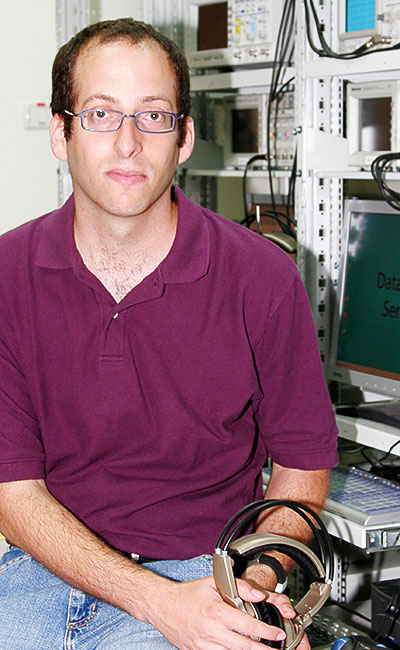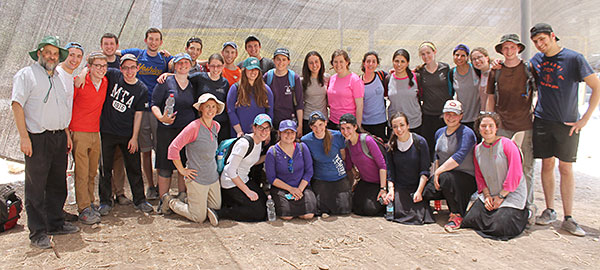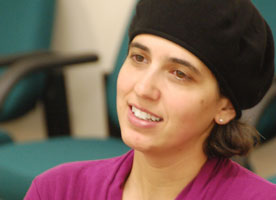 Internationally recognized for his pioneering research into Tourette syndrome, BIU neurophysiologist Prof. Izhar Bar-Gad has uncovered the mechanism that determines the timing of tics associated with the disorder that affects millions of children and adults worldwide. This is an important step toward understanding and hopefully, also controlling the involuntary head jerking, rapid blinking, “barking” and even cursing and rib punching, which exacerbates their daily lives.
Internationally recognized for his pioneering research into Tourette syndrome, BIU neurophysiologist Prof. Izhar Bar-Gad has uncovered the mechanism that determines the timing of tics associated with the disorder that affects millions of children and adults worldwide. This is an important step toward understanding and hopefully, also controlling the involuntary head jerking, rapid blinking, “barking” and even cursing and rib punching, which exacerbates their daily lives.
Bar-Gad of BIU’s Gonda Multidisciplinary Brain Research Center elucidates: “When we talk about Tourette, there are two questions at the heart of our research: where and when. The ‘where’ relates to which organ in the body will be activated by the disorder and the ‘when’ relates to the timing mechanisms of the individual tics.”
Several years ago Bar-Gad developed a model of Tourette Syndrome (TS) as part of a study funded by the Tourette Association of America, and later, his team succeeded in modeling the syndrome in rats. At about that time, his investigations yielded an answer to the enigma of “where” – in which organ the tic will occur. Now Bar-Gad has co-authored an Israeli study – recently published in the Journal of Neuroscience – which provides the answer to the question of “when.”
He implicates the striatum – which is part of the basal ganglia, which controls a variety of functions in the brain such as releasing voluntary motor movements, procedural learning, routine behaviors or “habits”, eye movements, cognition and emotion. “One of the striatum’s important roles is preventing involuntary movements. It’s an area that ordinarily is flooded with inputs which come from the area of the cortex, which carry out many and varied simultaneous motoric potential actions. The striatum helps choose movements by suppressing most of the signals coming into the cortex and enables the correct selection of the desired movement. Without a mechanism like this, the body would lose its motor control.”
Bar-Gad’s team conducted a precise analysis of neuron activity in the brains of animal models with involuntary movements. “Basically there is a mechanism of flooding and release,” he explains. “You can compare this to a cup leaning on its side that empties out every time it fills up completely. What happens in the production of a tic is that the striatum takes in more and more nerve cell messages until it reaches a certain threshold at which it dumps the “overload “– the involuntary movement known as a tic. The moment the tic occurs there is a recalibration and the dynamic begins again, and so on. In our study we clearly show the processes of accumulation and release.
“In effect the body parts in which tics will appear are an outcome of the areas of striatum that are affected,” says Bar-Gad, whose lab in an earlier study was able to map the striatum according to its influence on the motor activity of various body parts. “For example, if the part is connected to the activity of the eye, flooding it with signals from the cortex will cause blinking.
“Even though the syndrome was discovered more than a hundred years ago, research and science have not given it very much serious attention,” says Bar-Gad, who’s intent on changing that. The Society for Neuroscience’s 2016 annual conference in San Diego features thousands of talks and posters on Parkinson’s, Alzheimer’s, and other brain disorders but only one presentation related to Tourette syndrome, to be given by the BIU Gonda Center’s Prof. Bar-Gad.








